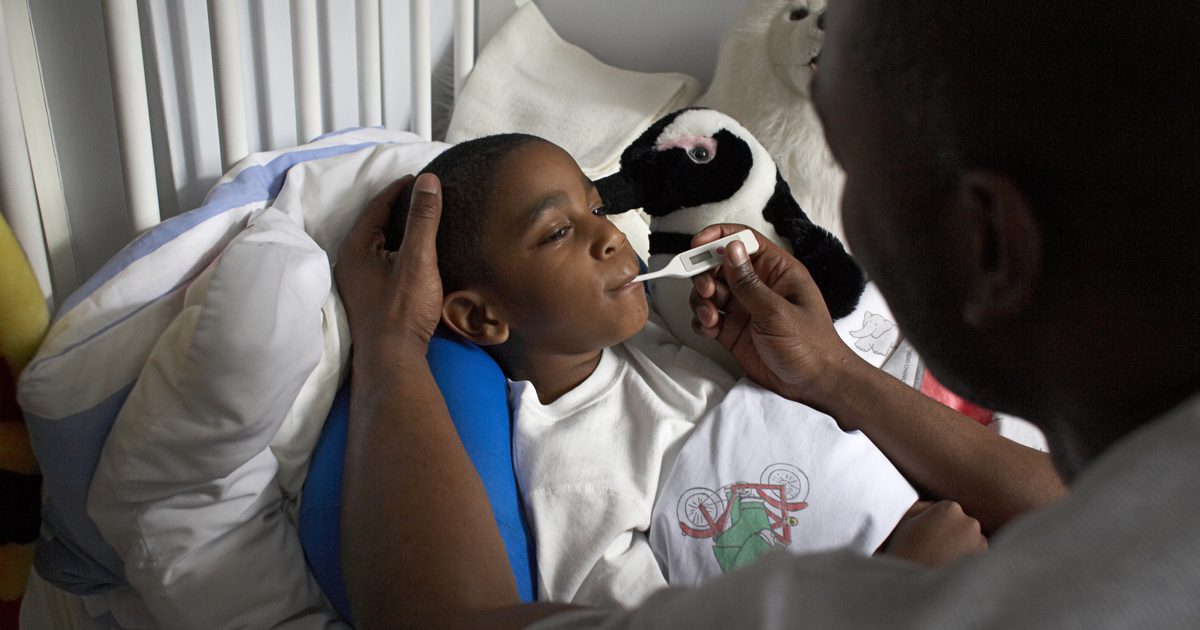Warning Signs Of Acute Chest Syndrome
High Fever

A high fever may manifest in individuals affected by acute chest syndrome. A high fever is any body temperature over 100.9 degrees Fahrenheit or 38.3 degrees Celsius. The high fever that commonly occurs in acute chest syndrome patients can be explained by the fact numerous infections can trigger acute chest syndrome. These infections include respiratory syncytial virus (RSV), pneumonia, sepsis, Streptococcus pneumoniae, Mycoplasma pneumoniae, and Haemophilus influenzae. When the body contracts an infection, the immune system uses its pathogen-fighting mechanisms to try and eradicate the virus or bacteria causing the infection. The immune system uses the body's temperature in an attempt to remove the environment within the body that is allowing the bacteria or virus to grow. Individuals who have sickle cell anemia have a weakened immune system because of its adverse effects on an immunity involved organ called the spleen. A weak immune system causes sickle cell anemia patients to have frequent infections. When one of these infections triggers acute chest syndrome, a high fever is likely to be present.
Severe Chest Pain

Patients affected by acute chest syndrome often report severe chest pain. The irregular shape of red blood cells in individuals with sickle cell anemia may cause problems with how the blood flows through their vessels. The round shape of healthy red blood cells allows for the smooth and consistent movement of blood throughout blood vessels. However, sickle cells will often get stuck in vessels, stick to each other, stick to vessel walls, and damage the lining of blood vessels. Sickle cells can obstruct blood flow in any region of the body, resulting in oxygen deprivation in the affected tissues. The oxygen-deprived cells begin to die off quickly, and as a result, the tissues that consist of dying cells may die as well. When tissues die anywhere in the body due to a lack of oxygen supply, it causes a significant amount of pain. In acute chest syndrome patients, the sickle cells clump together and produce one or more blood flow obstructions in the lungs. When lung tissues begin to die, the patient will feel severe chest pain as a result.
